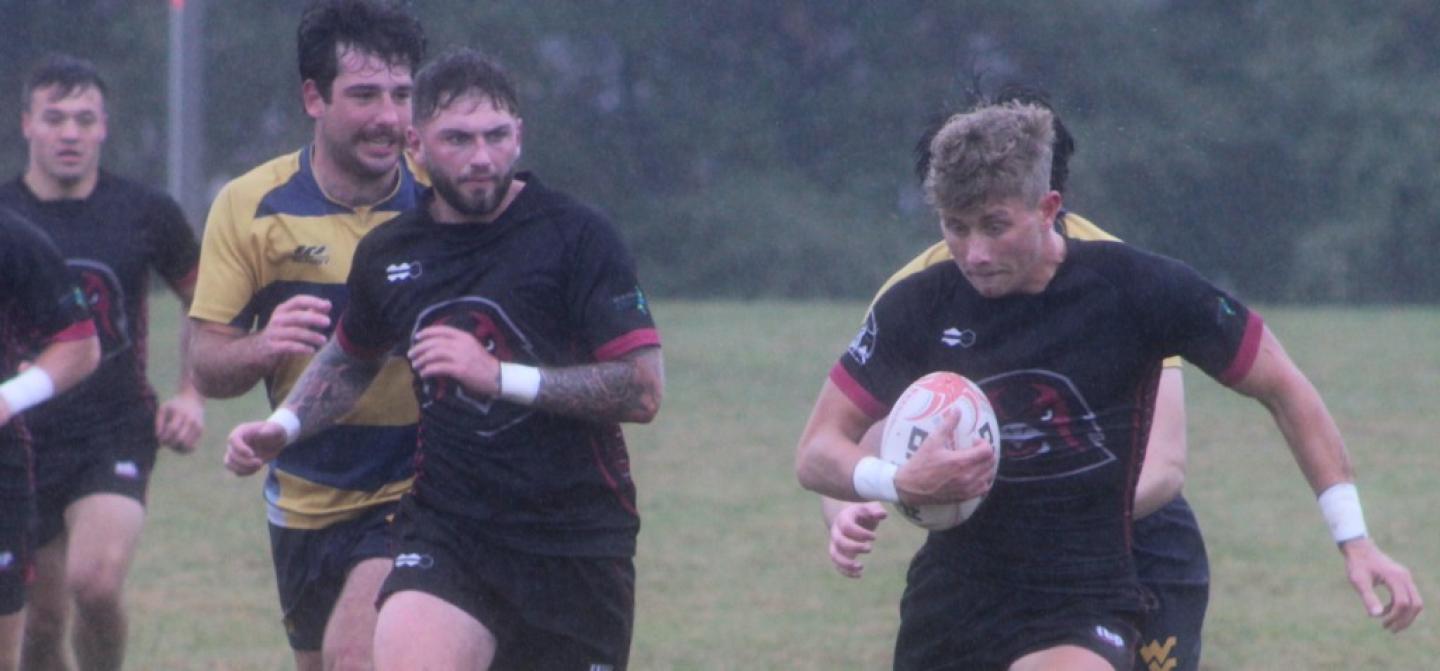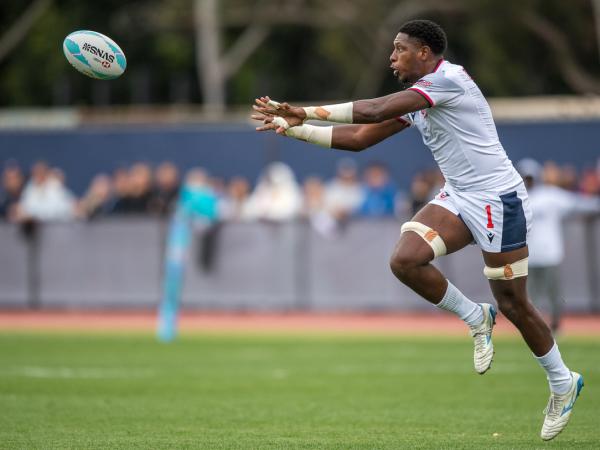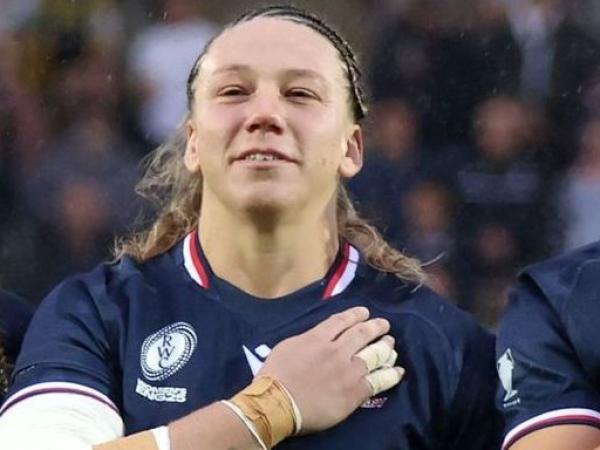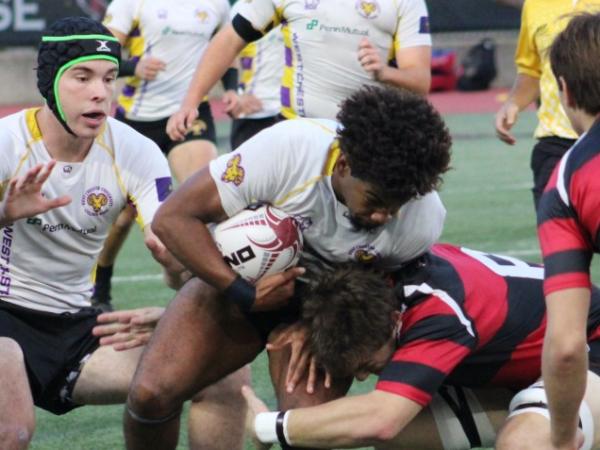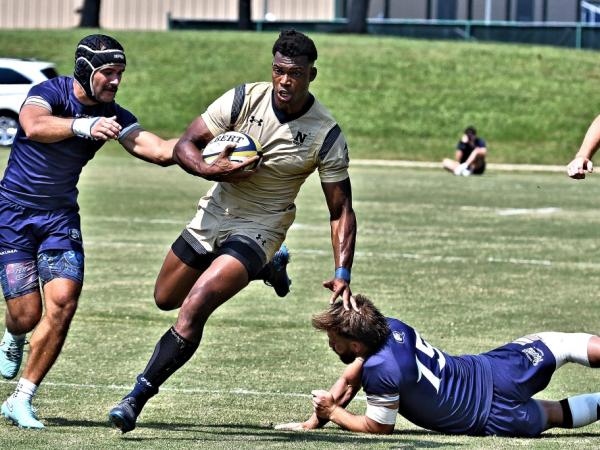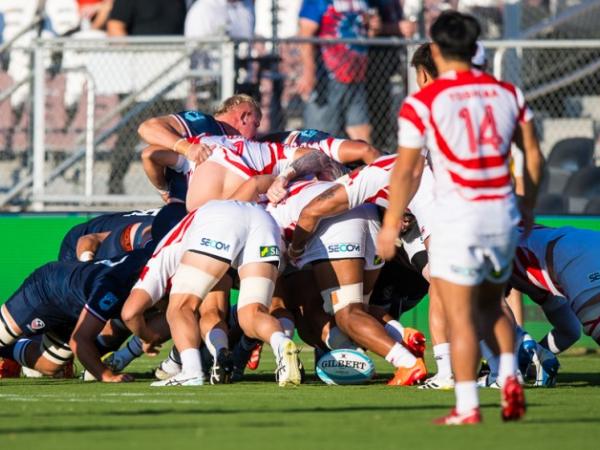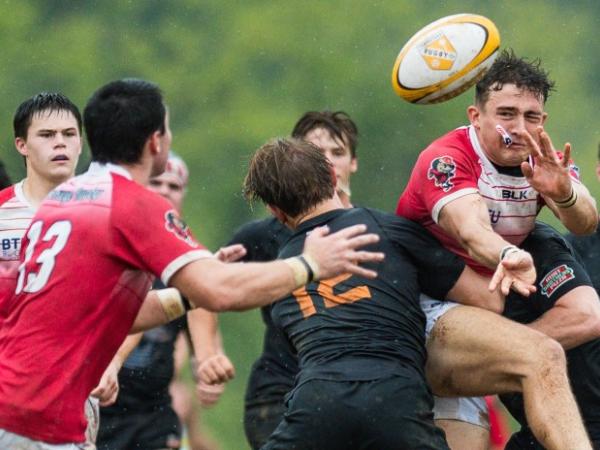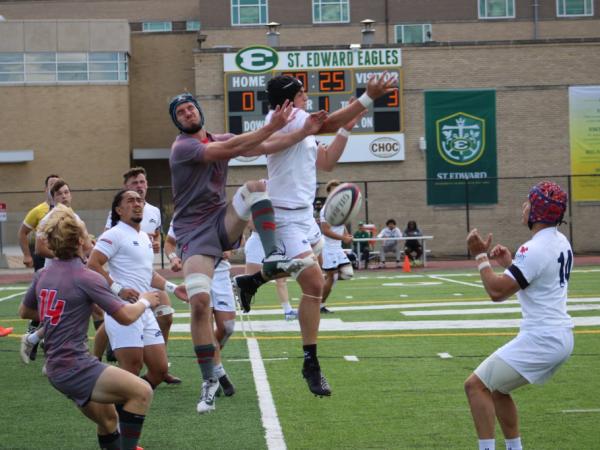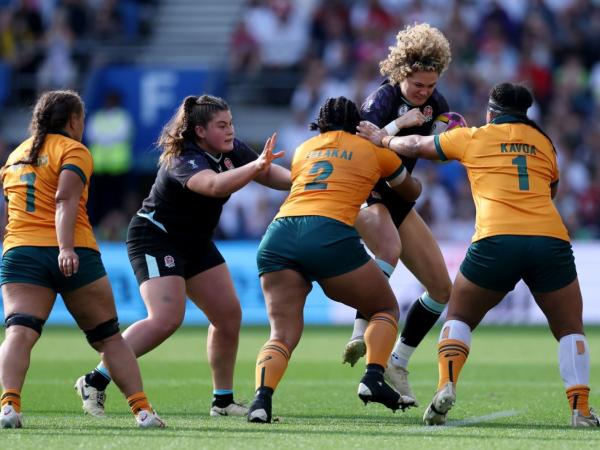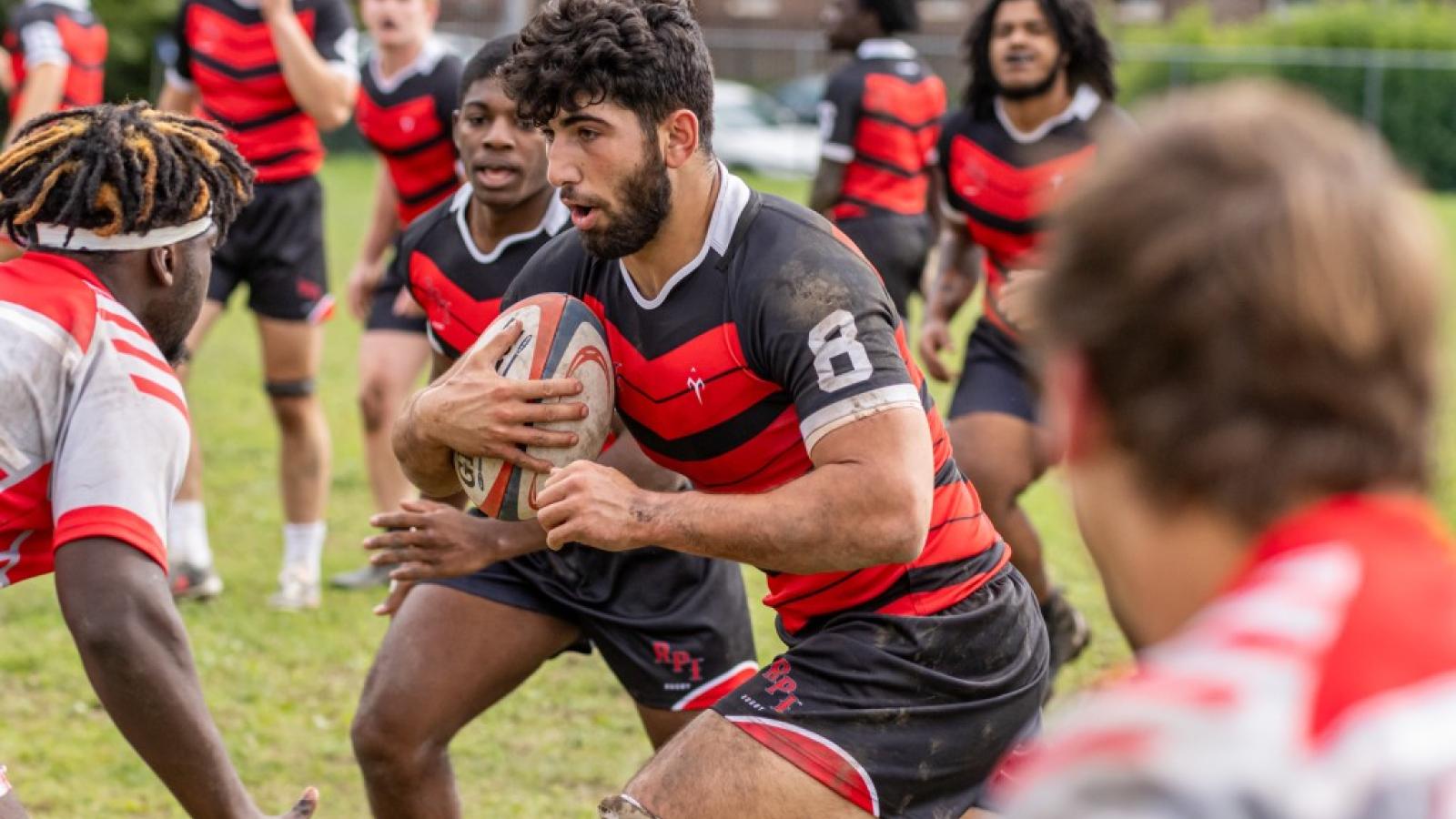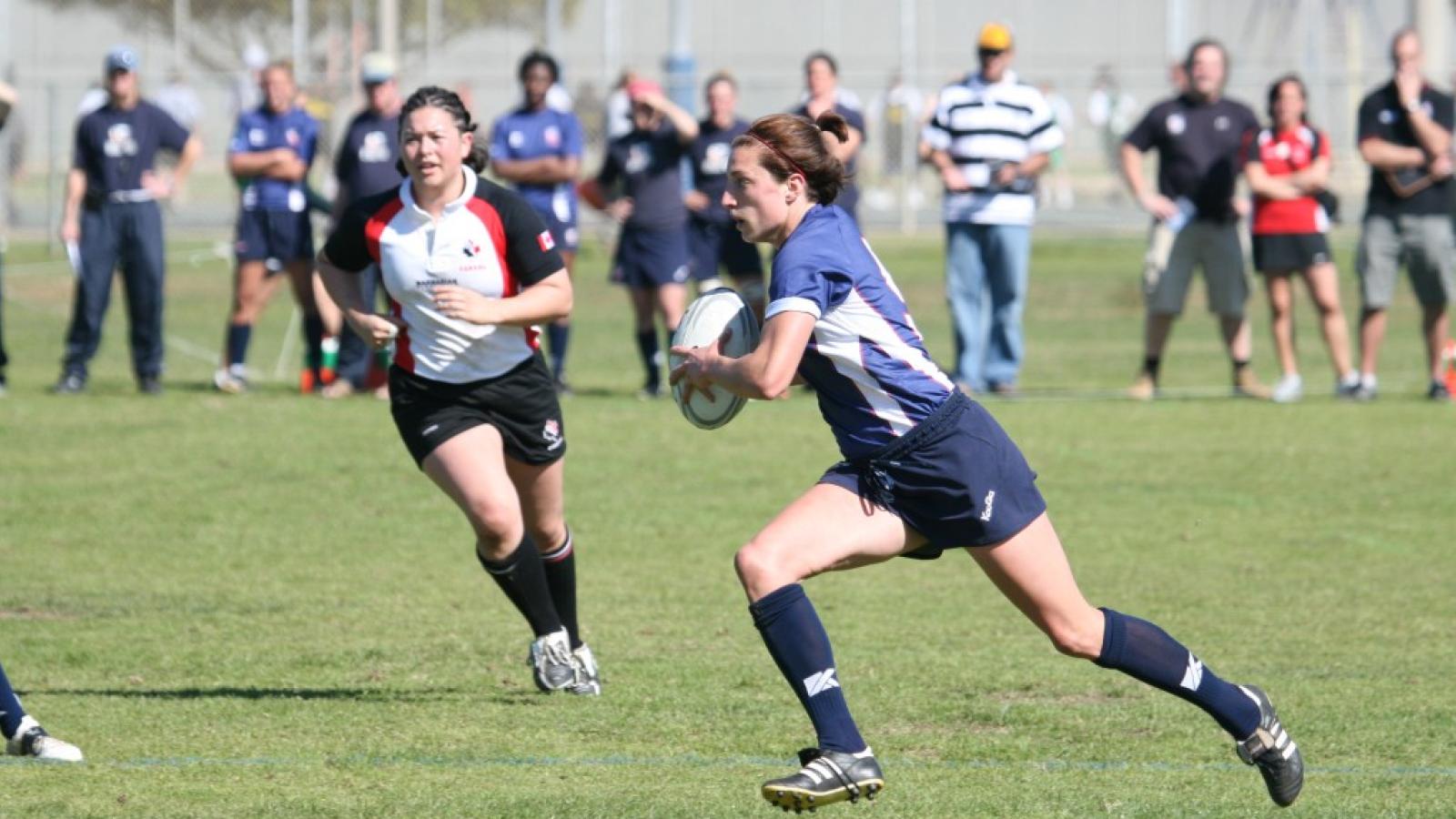The National Collegiate Rugby 2024-25 season is upon us in fairly short order, with games starting in late August.
This year we're doing away with the Small-College moniker, as that is now called Division III. Why? Officially it’s because (as NCR announced in June)
“This rebranding effort reflects NCR's commitment to enhancing the recognition and credibility of collegiate rugby programs across the country. By adopting the Division III designation, NCR aims to provide greater clarity and alignment with the traditional collegiate sports landscape, facilitating easier understanding and engagement for students, athletes, administrators and fans.”
Basically, everybody else does it in college sports, so why not NCR? NCR, of course, began as NSCRO, the National Small College Rugby Organization, designed to give recognition and like-minded competition for college rugby teams from schools with small enrollments. One could argue that NSCRO’s mission was essentially accomplished—everyone recognizes that small colleges should have their own place to play if they want.
But there is a little question to answer in this realm. While NCR has had to work through the club-vs-school-supported question in D2 and D1AA (and, undoubtedly, USA Rugby’s competitions took quite some time to work through that landscape), D3 isn’t part of all that.
A school-supported college team in D2 gets bumped up to D1, not D1AA but D1. This is in recognition that there’s a difference between club teams and school-supported teams (as anyone who attended Next Phase Rugby’s College Rugby 101 Webinar will know, there’s a fluid spectrum of types of clubs and types of school-supported programs, so it is a bit of a minefield).
See the full College Rugby 101 Webinar Here>>
Club teams can choose to play at the highest level, but they know what they’re getting into. If it seems a bit much to force a small college up to D1 because they’re in the athletic program, should there be at least a separation? We asked NCR CEO Jeremy Treece about that and this is what he sent as a response:
The NCR Men’s and Women’s Directors annually review our competitions to ensure we maintain competitive integrity.
The renaming does not affect the current small college national championship pathways, national eligibility rules, or the competitive designations that some leagues use during the regular season.
The change from Small College to Division III is designed to align NCR's division structure more closely with the widely recognized NCAA framework, which will drive a greater understanding and engagement for students, athletes, administrators and fans.
So the short answer is … maybe. Maybe after some time looking at how it all shakes out. We do know that over the last few years in D2 there was a bit of resentment as D2 was, and is, viewed as a club division, and yet school-supported teams continued to make it to the top. Northern Iowa came 4th in 2021 but pointed out, rightly, that they were the top-finishing club in the division.
Varsity Teams Lead Way as NCR DII Men Down to Four
In 2022 the final four included one school-supported team (which won) and one team from a school that plays D1 in every other sport, but by 2023 it was all club, and the school-supported teams from the previous years were now in the D1 Big Rivers Conference.
And that might be where we see some school-supported D3 teams, but we might also see two parallel competitions.






